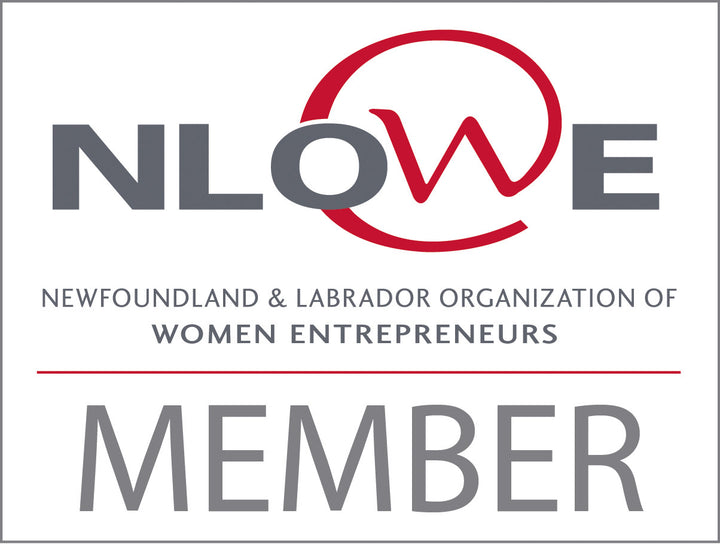Curl vs. Curvature: Why Lash Artists Need to Understand the Difference
In lash artistry, the words curl and curvature are often used like they mean the same thing. But they don’t — and understanding the difference can change how you approach lash styling, retention, and overall client results. If you want to elevate your artistry, this is one concept you need to master.
What Is Lash Curl?
Curl is the style name given to synthetic lashes to describe their overall bend or lift. This is the practical language lash artists use daily when choosing trays or consulting with clients.
Some common curls include:
-
J Curl: Almost straight, very natural look
-
B Curl: Gentle lift, soft enhancement
-
C Curl: Classic curl, universally flattering
-
CC Curl: Slightly curlier than C, soft drama
-
D Curl: Bold, dramatic, wide-eyed effect
-
DD Curl: Extreme curl, maximum lift
-
L / L+ Curl: Flat base with sharp tip curl, ideal for hooded or deep-set eyes
-
M Curl: Flat base with strong upward lift, modern and striking
-
LC / LD Curl: Hybrids combining features of L with C or D for customized styling
When we say “curl,” we’re using the industry label — it’s how lash artists communicate about style.
What Is Lash Curvature?
Curvature is the technical measurement of how much a lash bends from base to tip, usually expressed in degrees.
Approximate curvature angles look like this:
-
J Curl ≈ 10°
-
B Curl ≈ 20°
-
C Curl ≈ 45°
-
CC Curl ≈ 55°
-
D Curl ≈ 65°
-
DD Curl ≈ 75°
-
L Curl ≈ 90°
-
M Curl ≈ 110°
Curvature explains the geometry that defines the curl. A higher curvature means a stronger bend and a more dramatic look, while a lower curvature gives a softer, more natural lift.
Why This Matters for Lash Artists
Here’s the key: the more flush the synthetic lash (SL) sits against the natural lash (NL), the more surface area you create for bonding. More surface area = stronger retention.
-
B and C curls tend to offer more surface area contact with the natural lash, which often leads to better retention.
-
D and M curls create a dramatic effect, but because of their sharper angle, they naturally offer less surface area contact.
However — this doesn’t always mean retention will suffer. The type of PBT material the synthetic lash is made from plays a big role:
-
Harder, rigid PBT fibers don’t adapt easily to the natural lash, limiting surface area and making flush placement harder.
-
Softer, more flexible PBT fibers bend slightly and “hug” the natural lash, improving contact even with higher curls like D or M.
So while curvature impacts bonding, fiber flexibility can compensate for reduced surface area, making product quality just as important as lash mapping and adhesive technique.
Putting It All Together
-
Curl = the style name. (What you see on lash trays, what you say to clients.)
-
Curvature = the science behind the curl. (The measurable bend that affects styling and retention.)
Understanding both allows you to:
-
Select the right style for each client’s eye shape.
-
Predict retention outcomes based on curl + material flexibility.
-
Appreciate how lash fiber quality (hard vs. soft PBT) impacts surface area and bonding.
Final Thoughts
At the end of the day, lash artistry is a balance of style and science. Curl gives us the names and looks we love. Curvature explains the geometry behind those looks. And the flexibility of PBT fibers can make all the difference in how well a synthetic lash bonds to the natural lash.
The closer your extension sits flush to the natural lash, the more surface area you create, and the stronger your retention will be.
At Elusive Beauty, we’re committed to helping lash artists understand not just how to create beautiful sets — but why those sets last. Mastering concepts like curl and curvature is one step toward raising industry standards and delivering exceptional client results.
Want more lash science insights? Follow us on Instagram @ElusiveBeauty or email hello@elusivebeauty.ca.



